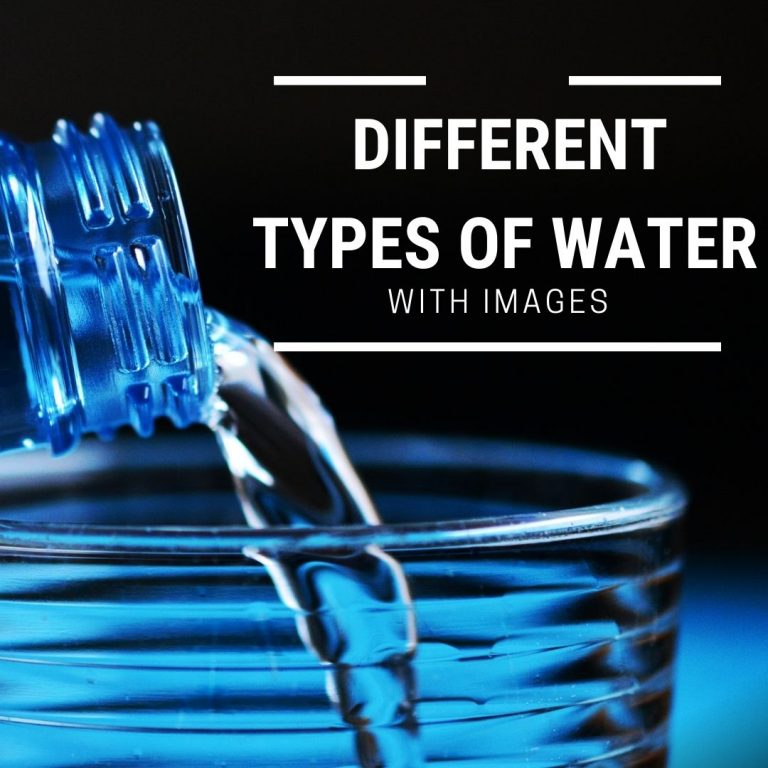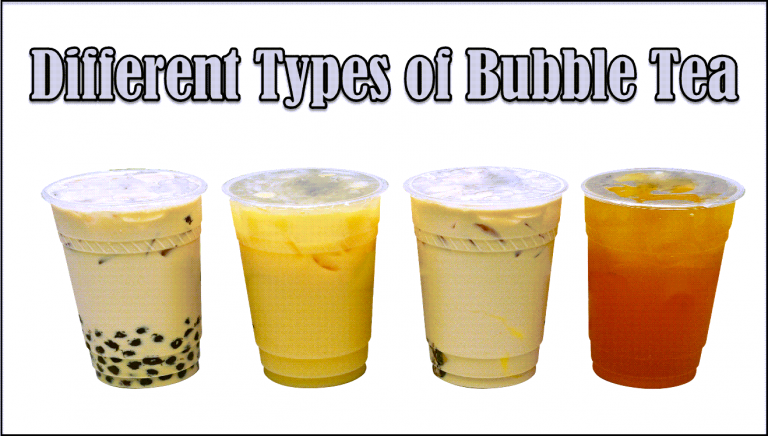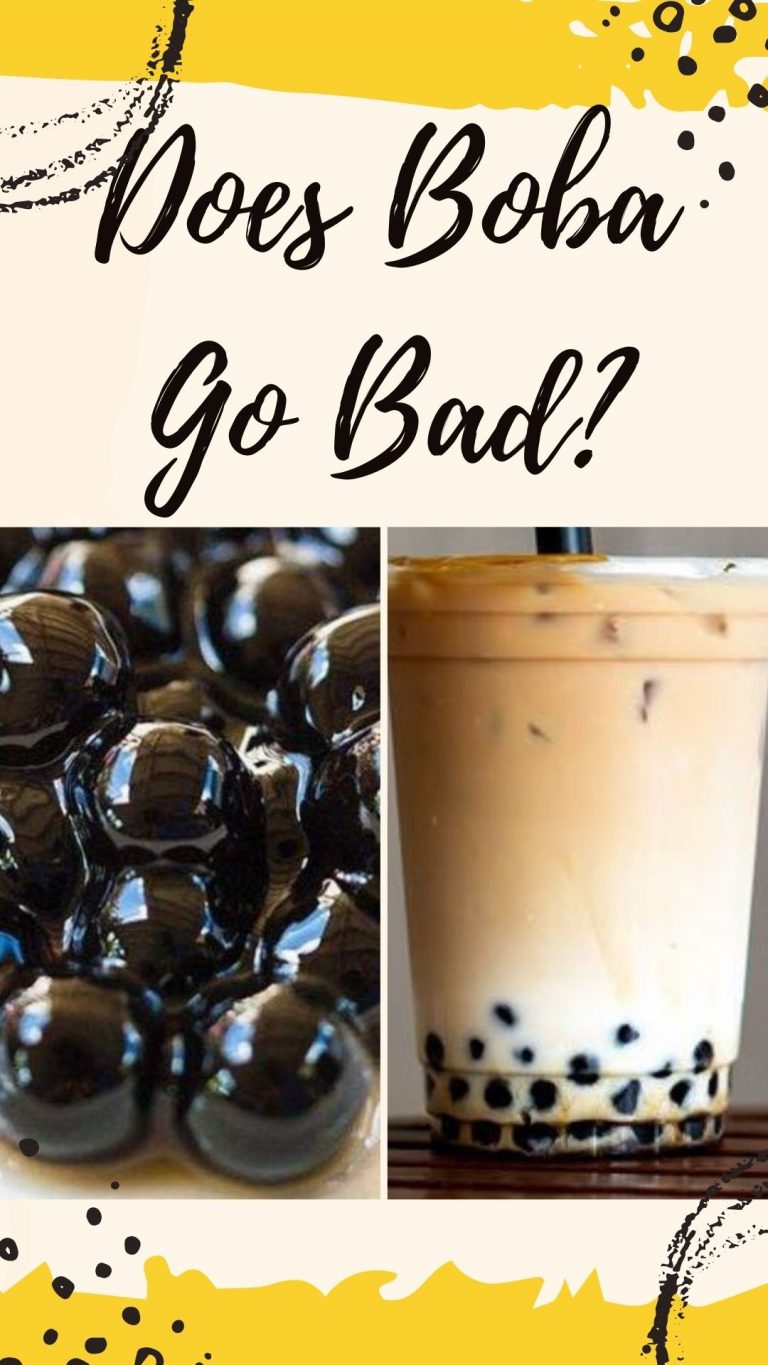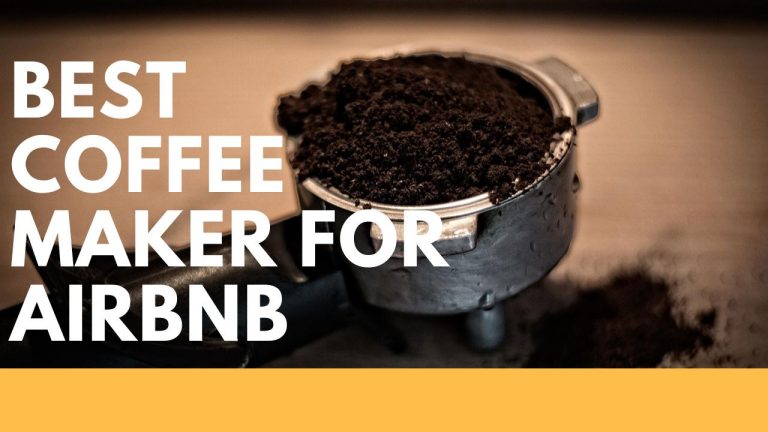How Many Calories Does Boba Have
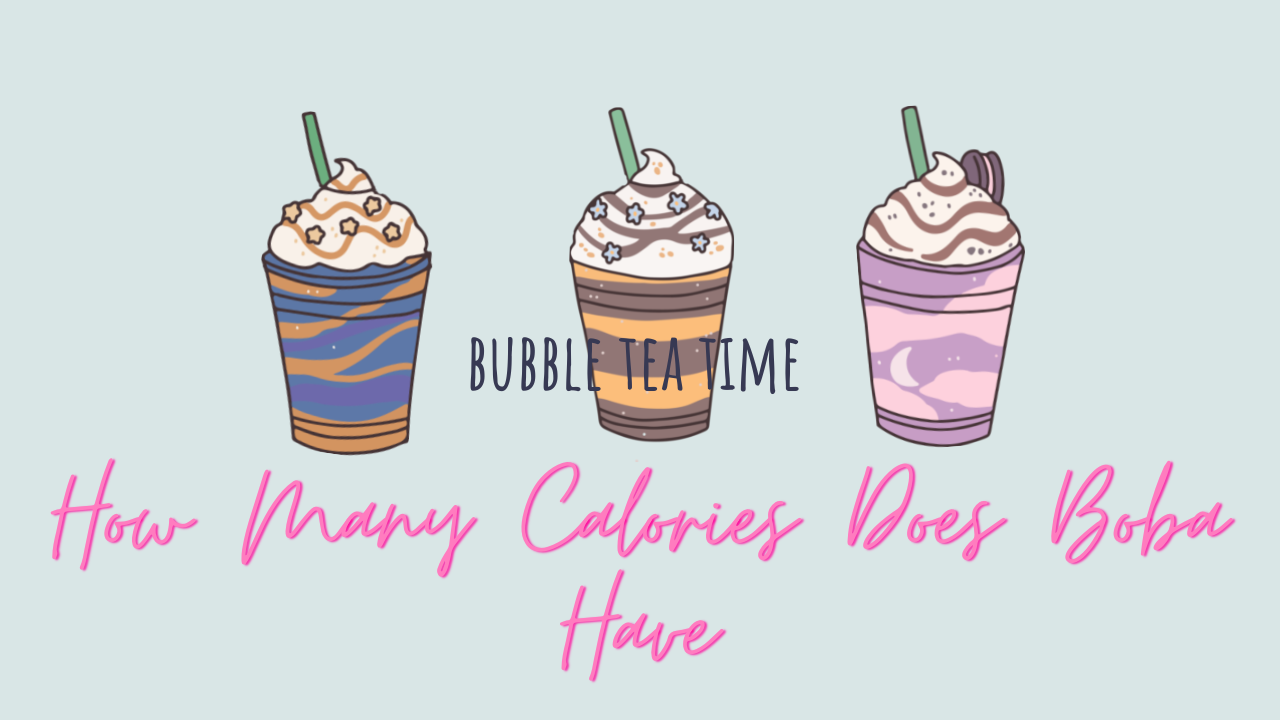
Are you a fan of bubble tea? If so, you should read this post. How many calories does bubble tea or boba tea contain? That actually depends. Regarding bubble tea, the options are practically unlimited. Between flavors and boba shops, there are differences in the calories in your bubble tea.
Many of its enthusiasts are increasingly adopting bubble tea as a staple food. However, it is important to be informed of the sweet treat’s nutritional content.
As healthy consumers, we must make sure the calories fit within our regular diet. Additionally, knowing how many calories are in the bubble tea we consume would be beneficial if we want to keep enjoying the sweet boba tea or milk tea.
If you are interested to know how many calories per boba tea drink you consume, scroll down and continue reading.
Boba Calories

Milk Tea
Who hasn’t heard of the well-known beverage boba milk tea? Young children, college students, and of course, working adults, all frequently consume these sugar sweetened beverages.
Commonly known as bubble milk tea, tapioca milk tea, pearl milk tea, boba tea, or simply boba. It’s basically a tea-based beverage that was founded in Taiwan in the first decade of the 1980s. It can also be prepared with other toppings, such as aloe vera, grass jelly, or red beans. It is most commonly produced with tea and chewy tapioca balls, which also known as “boba” or “pearls” or “boba pearls”.
Although there are various tastes and variations of bubble tea, black pearl milk tea and green pearl milk tea are the two most often consumed flavors. The “pearl” represents the tapioca balls used in the milk tea.
The earliest known version of bubble tea comprised either honey, tapioca pearls, or hot Taiwanese black tea. Today, cold servings of bubble tea are the most common. The starch of the cassava, a tropical shrub recognized for its starchy roots that was transported to Taiwan from South America under Japanese colonization, was originally used to create the tapioca pearls that give bubble tea its characteristic flavor. Although, these were quickly substituted by larger pearls.
Presently, some bubble tea shops create bubble tea exclusively. While some shops use plastic lids, other authentic bubble tea and coffee shops offer milk tea by heating plastic cellophane to seal the cup’s surface. The latter technique prevents spills until the tea is ready to be consumed and enables the tea to be shaken in the serving cup. A significantly bigger drinking straw, called boba straw, is used to pierce the cover of the drink, allowing the toppings to pass through.
Because of its popularity, bubble tea has influenced a wide range of delicacies with bubble tea flavors, including bubble tea ice cream and bubble tea candies. The rapid growth in the demand for bubble tea and the associated industries may present chances for future market expansion. The bubble tea market was estimated to be worth $2.4 billion in 2019 and is anticipated to grow to $4.3 billion by the end of 2027. Chatime, CoCo Fresh Tea & Juice, and Gong Cha are a few of the biggest global bubble tea companies.
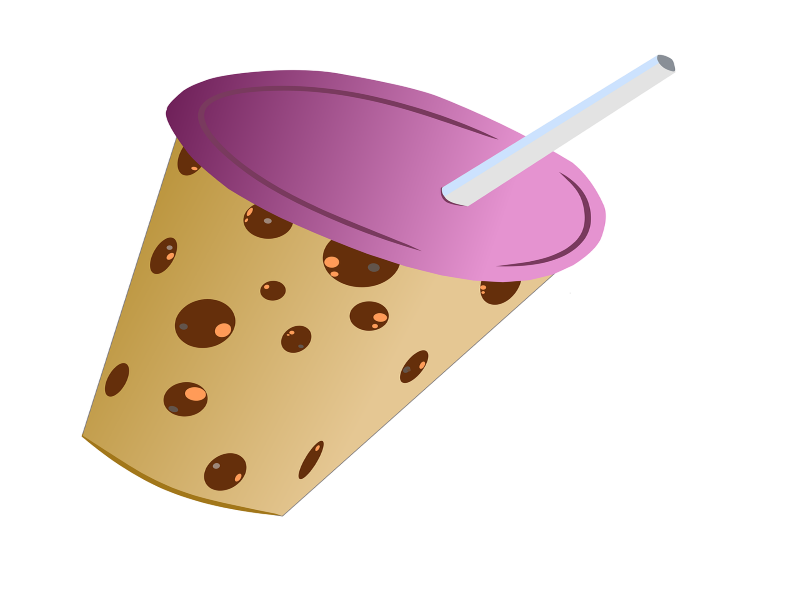
What Are The Contents Of Bubble Tea?
Four ingredients are often used to make bubble tea, these are tea, milk, sugar, and toppings.

Tea/ Drink
Various boba tea flavors are produced by using various teas. However, it doesn’t significantly affect how many calories boba contains. The key distinction is that fruit tea employs green tea, whereas milk tea often uses black tea.
Generally speaking, there are many different types of bubble tea, but they often include black tea, green tea, oolong tea, and even white tea. Black tea, coffee, and milk make up yuenyeung, another variety that has its roots in Hong Kong.
The beverage also comes in blended tea drink variations. These variants frequently involve the blending of ice cream or smoothies made with fruit and tea.
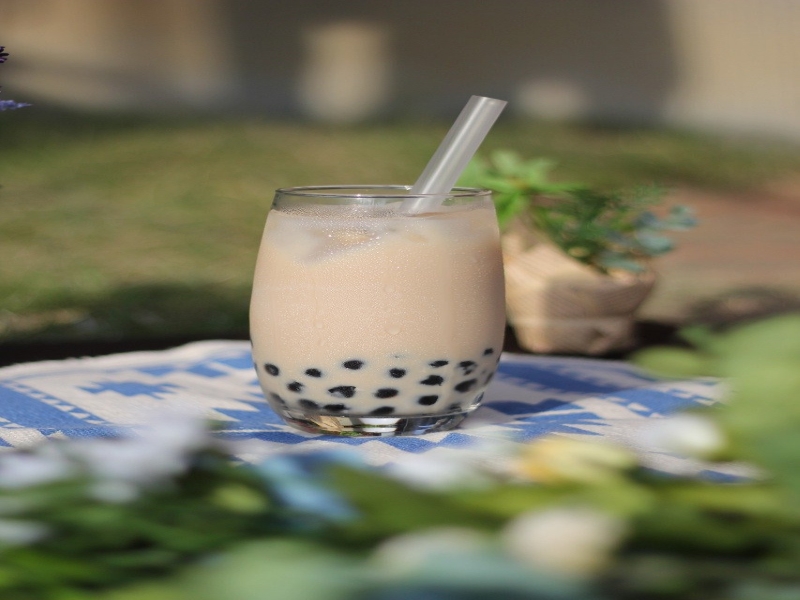
Bubble Tea Toppings
Although there are numerous ways to produce the chewy spheres seen in bubble tea, tapioca pearls or boba pearls are the most commonly used ingredient. The components that are combined with the tapioca starch affect the color of the pearls. The majority of pearls are made of black sugar. Starch from the cassava root is used to prepare these chewy boba pearls. Cassava has a nutty flavor and has roughly twice the calories of potatoes, which actually offer a big source of energy.
Another popular topping for milk tea drinks is Jelly. Jelly is available in a variety of shapes and flavors, including mango, coffee, coconut, konjac, lychee, grass, and rectangular strips. Furthermore, the customary toppings for Taiwanese shaved ice sweets, azuki bean or mung bean paste, provide bubble tea an additional delicate flavor and texture. Many bubble tea cafes also sell aloe, egg pudding (custard), grass jelly, and sago.
Other well-liked toppings for typical boba drink include popping boba or bursting boba, which are spheres with fruit liquids or syrups within. They don’t need to be chewed before they burst in your mouth. These are excellent for boba lovers who don’t want chewing tapioca but still crave the boba flavor. Mango, strawberry, coconut, kiwi, and honey melon are some of the flavors.
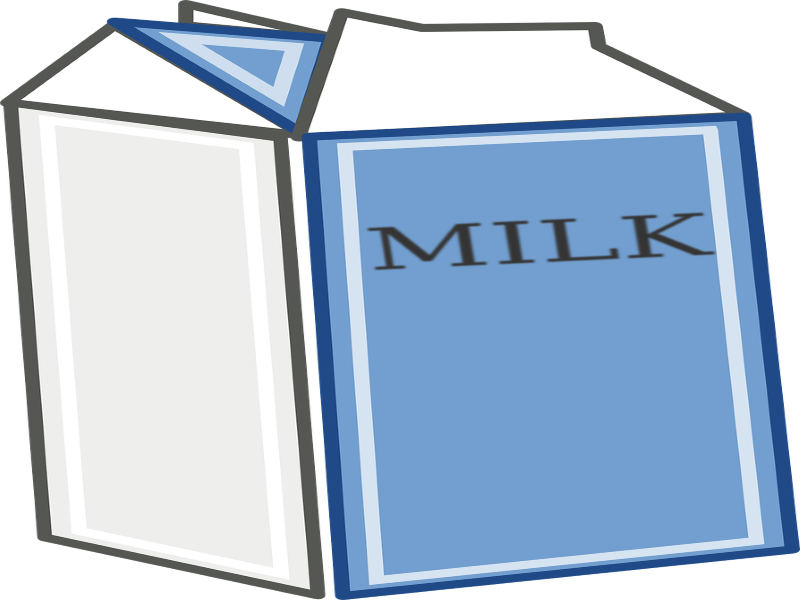
Milk
The majority of bubble tea calories actually come from milk. A milk tea typically contains milk or a milk substitute. This provides boba its traditional creamy texture and flavor.
Like other aspects of bubble tea, there are countless milk options. Using non-dairy creamer, is an alternative to the traditional method of using dairy milk. Sweetened condensed milk that has been sweetened is another choice, it’s commonly used in Thai milk tea.
On the other hand, juice rather than milk is used to make fruit tea. Compared to milk tea, bubble teas with fruit flavors has fewer calories because of this.
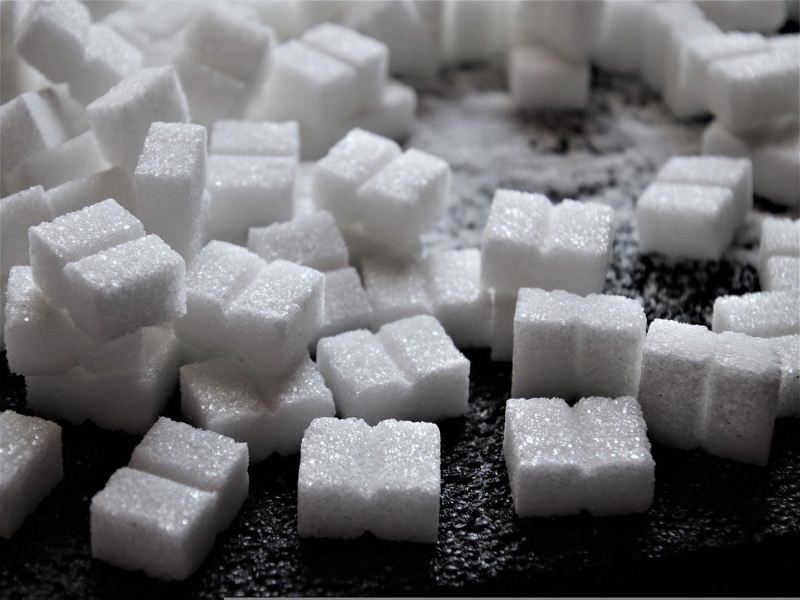
Ice And Sugar Level
Boba lovers frequently have the choice of how much ice or sugar they want in their boba drinks. Although they can both be specified ordinarily in some boba shops, the sugar level is typically specified in percentages, and it can be 25%, 50%, 75%, 100%, and the ice level is typically specified ordinarily as no ice, less ice, normal ice.
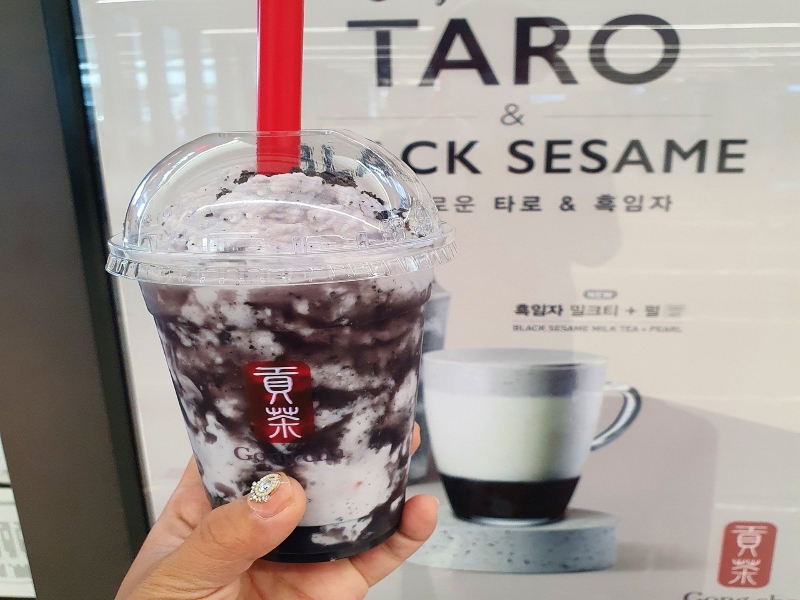
Calorie Count In A Bubble Tea
The milk and toppings have an impact on the calorie count of bubble tea. However, let’s examine the most well-liked boba tea varieties, listed below.
We are considering a regular-sized (16-ounce) boba with 2% milk, full ice, and sugar when comparing the calorie counts in various boba varieties.
Brown Sugar Milk Tea
As the name suggests, brown sugar is also used in brown sugar milk tea, much like in classic milk tea.
This boba flavor, sometimes referred to as Tiger Milk Tea, is quite popular at all boba shops. Brown sugar milk tea contains between 500 and 660 calories. You will receive 620 Kcal if you choose full sugar, 600 Kcal if you choose half sugar, and 460 Kcal if you choose no sugar.
Taro Milk Tea
Taro milk tea, which is distinguished by its lovely purple color, is another favorite at boba shops. With an average of 400 to 620 calories, taro is the third-highest calorie choice.
If you select full sugar, you will receive 490 Kcal, for half sugar, 390 Kcal, and no sugar at 250 Kcal respectively.
Thai Milk Tea
Thai milk tea is typically used with tapioca pearls and condensed milk. This, however, is not how the beverage is typically prepared. Thai milk tea has been served without boba tea for the duration of its existence.
In Taiwan, the country where boba tea was created, Thai milk tea is particularly well-liked. With 640 calories, the milk option makes it the second-highest calorie boba option.
Honeydew Milk Tea
Melon, or honeydew, bubble tea is sweet, refreshing and mild in flavor, which makes it a perfect drink for summer.
For boba lovers who like something creamy, fruity, and sweet, honeydew milk tea is a popular option. It has 600 milk tea calories.
Classic Milk tea
One of the most popular milk tea flavors is classic milk tea, which is also the original boba milk tea taste that originated in Taiwan. It’s absolutely delicious and sweet and creamy.
Everyone should at least taste the excellent flavor pairing of black tea with the smoothness and sweet molasses of brown sugar.
The color of classic milk tea is opaque and typically beige or light brown in color. As a result of adding milk or half-and-half cream to the black tea base, it has a thick, creamy texture. Your bubble tea cup has black or brown tapioca pearls.
This selection typically includes boba, with a 450-calorie average caloric content.
Passion Fruit Tea
Passionfruit tea has strong anti-inflammatory benefits because it is packed with antioxidants. It can aid in the treatment of acute organ inflammation and protect the organs from harm, keeping them healthy. It helps to alleviate and repair certain body parts when there is inflammation brought on by an underlying disease or injury. Asthma and arthritis sufferers who have inflammatory lung disease and joint discomfort are claimed to benefit from drinking passionfruit tea.
This is a well-liked option for those who enjoy fruit tea and has about 240 calories on average. Passion fruit tea has 300 calories for full sugar level, 200 calories for half sugar, and 100 calories for no sugar.
Mango Fruit Tea
Mango fruit tea is another preferred option for lovers of fruit boba. There are typically 230 calories in this refreshing boba tea.
Lychee Fruit Tea
For fans of boba who want fruit tea but don’t want anything overly sweet, lychee fruit tea is ideal. At 220 calories, this well-liked choice has the fewest calories.
Matcha Latte Milk Tea
Japanese green tea powder, water, and milk are combined to make the delightful beverage matcha milk tea. If you would like it to be even sweeter, you also have the option to add a sweetener, such as honey. This beverage can be given a chewy texture by adding tapioca pearls. resulting in a beverage that is very different from a typical matcha beverage. It is refreshing, creamy, and scrumptiously sweet.
Matcha milk tea has a deep, earthy, and sweet flavor. It has a superb flavor profile because of the special mix of matcha powder, creamer, and sweetener.
An average of 280 calories are contained in one serving of matcha milk tea. The sweetener you use accounts for the majority of the calories. The very rich honey or maple syrup is what most boba shops choose to use.
Oolong Milk Tea
The basic bubble tea ingredients are tea, milk, sugar, and tapioca balls. Oolong bubble tea is made with oolong tea, instead of the usual black tea.
Oolong tea is a type of tea that’s between a black and green tea in how it’s processed. Basically, the oolong bubble tea is made with oolong tea, brown sugar, milk, and tapioca balls.
Oolong milk tea has an average of 309 kcal.

Toppings Calorie Count
The toppings are what distinguish boba as a special and appreciated beverage.
Similar to bubble tea, the calories of the toppings vary depending on which boba shop they are from.
Jelly is the boba topping with the most calories. There are numerous flavors of jelly, including coconut and grass jelly. Each serving of these contains 50–190 calories.
Tapioca pearls, with 94–280 calories per serving, are the second-highest calorie boba topping. These are the most well-liked boba toppings and are truly what distinguish boba from others.
Other Toppings
- Popping Boba has 64-70 Calories
- Aloe Vera has 70-80 calories per serving
- Brown Sugar pearls contain 180-250 per serving
- Passionfruit Jelly has 150-190 calories per serving
- Egg Pudding has70-90 calories per serving
- Red Bean has 180-200 per serving
- Sago contains 140-190 calories per serving
- Taro ball contains 250 calories
- Crushed Oreo has 200 calorie count
Tapioca Pearls
Tapioca pearls come in a wide variety of types today and are sold in boba stores. The beverage acquires roughly 280 kcal with every 15 g of standard boba topping. Take note that brown boba also contains brown sugar, whereas white boba just comprises cassava root. The milk tea’s overall calorie count is increased by the sugar that was added to the pearls. Additionally, many boba shops now sell tapioca pearls that are “popping”. These pearls have fruity gels that explode when chewed and are sweetened. The sweeteners, which are comprised of sugary syrup, increase the calories in the boba tea.
Different Sizes Of Cups Used In Boba Tea
Classic milk tea 16 oz cup has 360 calories and 22 oz cup has 550 calories.
Taro milk tea has 480 calories per 16 oz cup and 22 oz has 630 calories.
Thai milk tea 16 oz cup contain 410 calories, and 22 oz cup has 500 calories.
Brown sugar milk tea 16 oz cup has 500 calories whereas 22 0z has 660 calories.
Passion fruit tea 16 oz cup has 240 calories, and 22 oz has 290 calories.
Honeydew milk tea 16 oz cup contain 380 calories and 22 oz of it contains 610 calories.
Lychee tea 16 oz cup contains 220 calories and 22 oz of cup contains 270 calories.
Mango fruit tea 16 oz cup has 230n calories, and its 22 oz cup has 280 calories.
Milk
The amount of milk or creamer added to the drink also has a significant impact on the calories in bubble tea. Creamer, half-and-half, full dairy milk, skim milk, and non-dairy milk, such as almond milk are frequently used in boba shops. Overall, half milk, half cream contain more fat. Hence, they contain more calories. This explains why fresh milk-based bubble milk tea has less calories.
Due to the rising popularity of plant-based milk, there are always non-dairy options available in many boba shops in London. Almond milk, soy milk, oat milk, and coconut milk are some of the choices provided. Generally speaking, plant-based milk has less calories per cup than full dairy milk. Additionally, the bubble tea would have much more calories if cheese were added as a creamy layer. This is a result of the cheese’s naturally high fat content.


